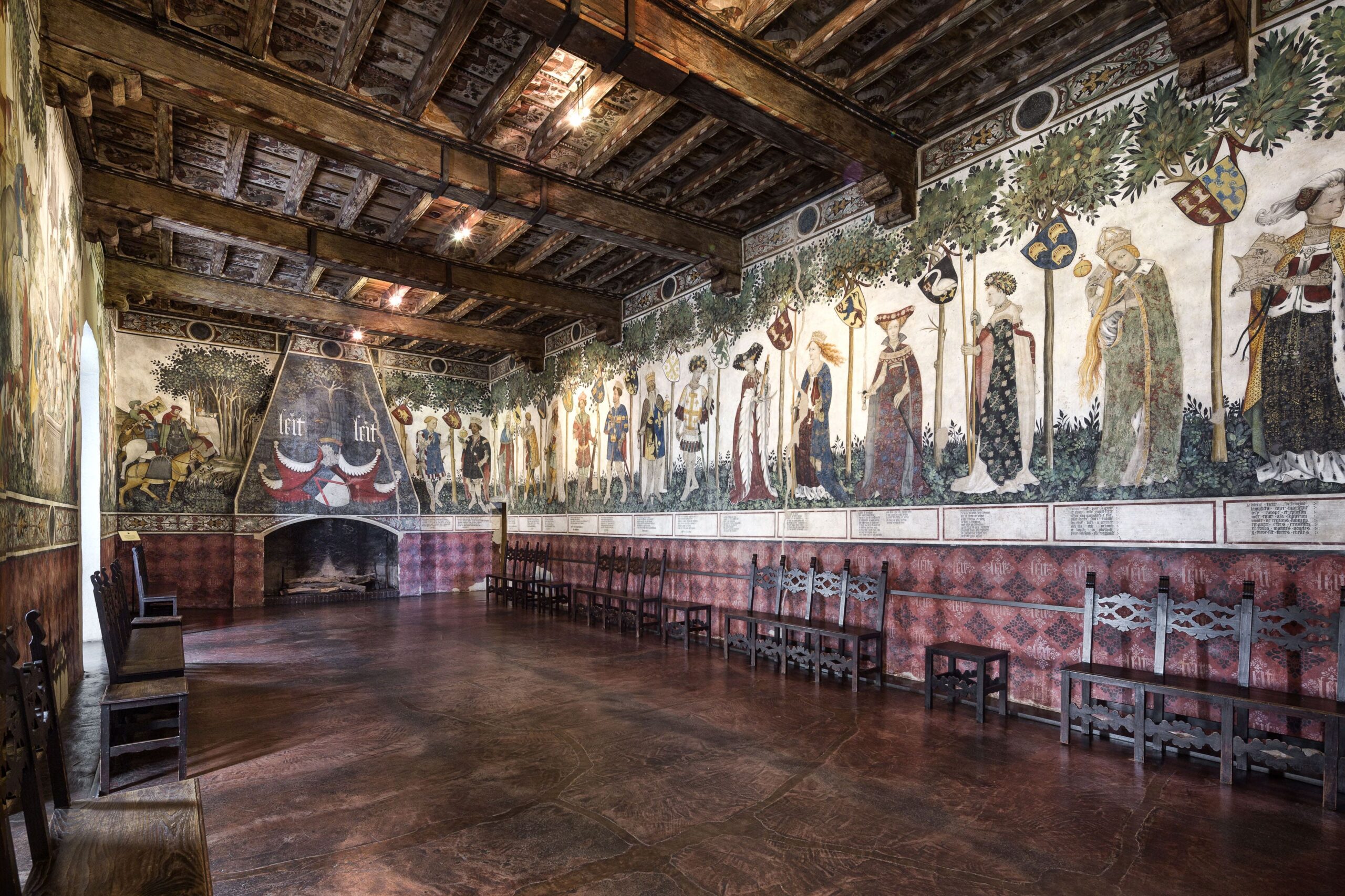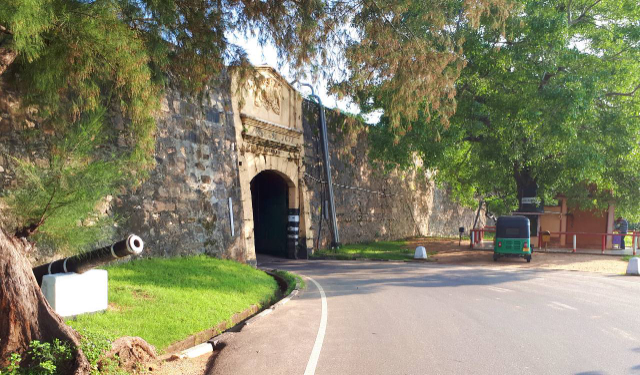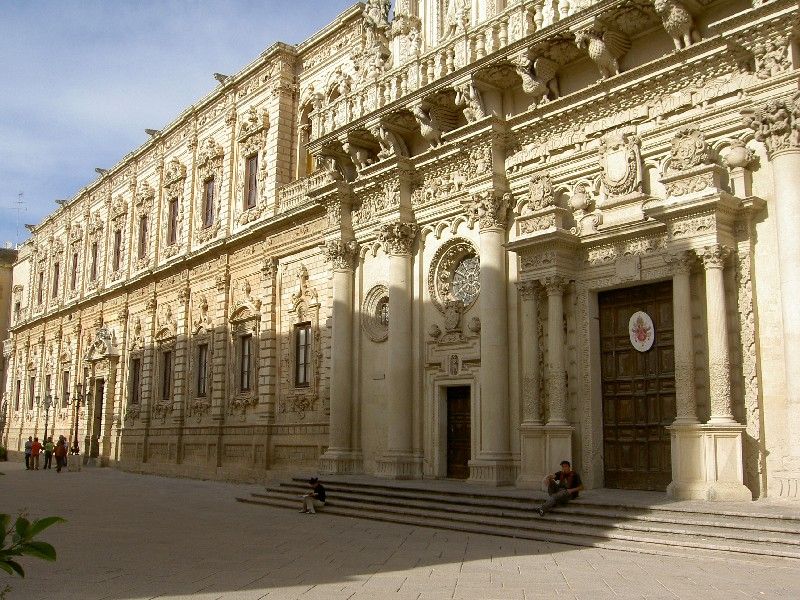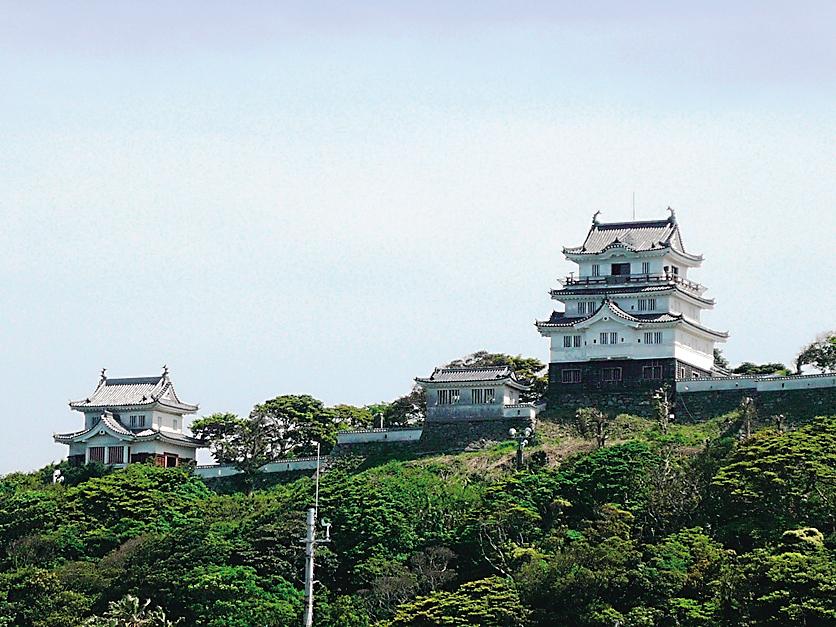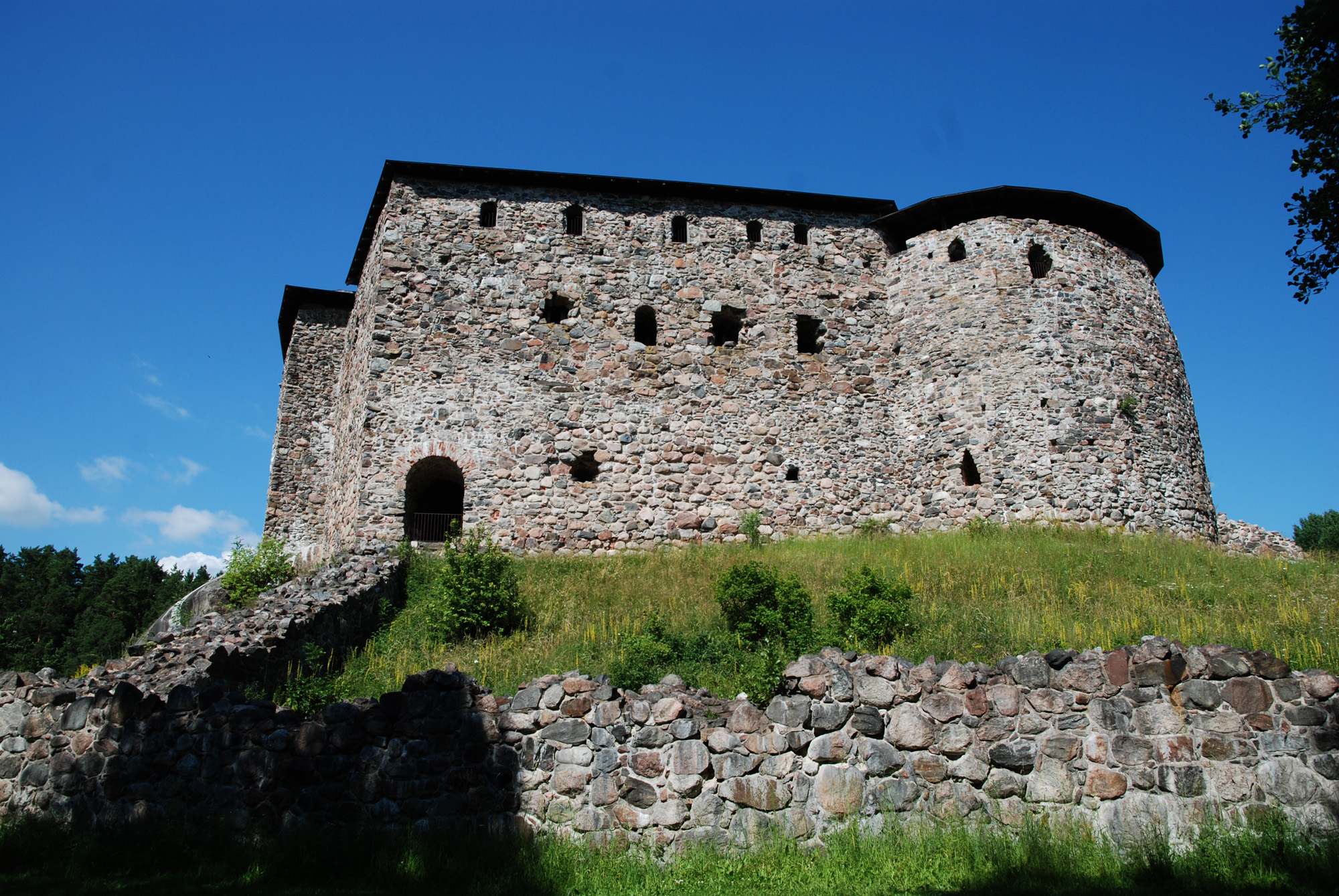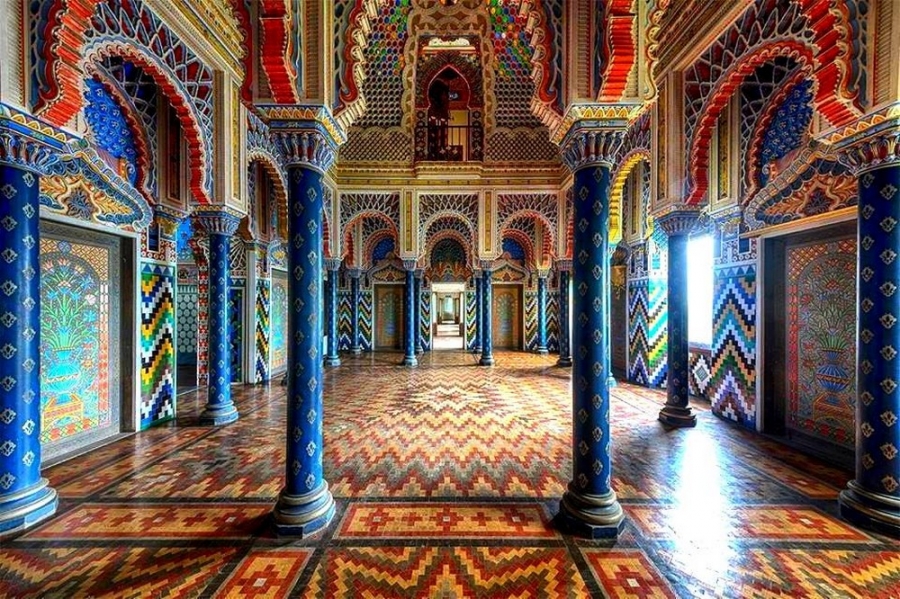A first fortified nucleus, situated on the top of the hill, in view of the Monviso group, already existed in the 13th century. The Manta Castle began to take on its present appearance by the Saluzzo della Manta family at the beginning of the 15th century. First a medieval castle and then a noble residence, the castle was abandoned until 1984 when, thanks to FAI (Italian National Trust), work began on its recovery and restoration, returning the complex to its original condition.
The Castle of Manta preserves one of the most amazing examples of international Gothic painting, the cycle of frescoes in the Baronial Hall. Valerano, lord of Manta from 1416, worked organically to build his castle into a residential structure updated on the functional and decorative models of the late Gothic period. The series of the nine heroes and nine heroines of antiquity and the scene of the Fountain of Youth were frescoed shortly after 1420 by an unknown painter called "Maestro della Manta". The social and political message, entrusted to the Cycle of the Prods and Heroines who presented themselves to those who entered the hall to confer with Valerano, was clearly self-celebratory. The characters, examples of virtue and heroism, taken from the classical tradition, present precious clothes closely linked to the fashion of the international courts at the beginning of the fifteenth century and presumably refer to protagonists of the Saluzzo della Manta family.
The hall of the grotesques, in the state apartment commissioned by Michelantonio in 1560, is one of the most significant rooms in the castle. The pavilion-shaped vault with nails is entirely decorated with paintings and stuccoes: phytomorphic fantasies typical of grotesques, classical ruins or Renaissance architecture, allegories of the Virtues.
In the manor there is also a church with stucco decorations and mannerist paintings.
